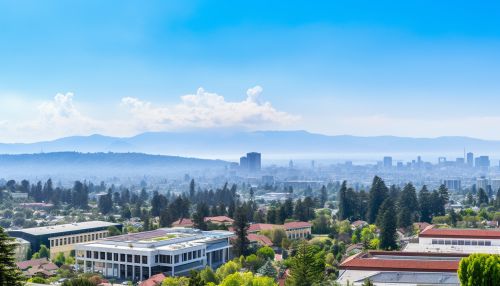Willis Lamb
Early Life and Education
Willis Eugene Lamb Jr. was born on July 12, 1913, in Los Angeles, California. His father, Willis Eugene Lamb, was a telephone engineer and his mother, Marie Helen Metcalf, was a school teacher. Lamb was the eldest of five children. His early education was in the Los Angeles public school system, where he showed a keen interest in the sciences from a young age.
Lamb enrolled at the University of California in 1930, where he pursued a degree in chemistry. However, he soon switched his major to theoretical physics, captivated by the intricacies of quantum mechanics. He completed his Bachelor of Arts degree in 1934 and continued his studies at Berkeley, earning his Ph.D. in 1938 under the supervision of J. Robert Oppenheimer. His doctoral thesis was on the electromagnetic properties of nuclear systems.


Career and Research
After completing his doctorate, Lamb joined the theoretical division at Columbia University as a research associate. Here, he began his work on quantum electrodynamics, a field of study that combines quantum mechanics and the theory of electromagnetism. His research focused on the interaction of light with matter, specifically the absorption and emission of photons by atoms.
In 1943, Lamb was recruited to work on the Manhattan Project at the Los Alamos Laboratory. He was part of the team responsible for developing the first atomic bomb. After the war, Lamb returned to Columbia University, where he continued his research in quantum electrodynamics.
It was during this period that Lamb made his most significant contribution to physics. In 1947, he discovered a minute difference in energy levels of hydrogen, known as the Lamb shift. This discovery, made in collaboration with graduate student Robert Retherford, was a direct contradiction to the predictions of the then-current quantum electrodynamics. The Lamb shift led to significant revisions in the theory and earned Lamb the Nobel Prize in Physics in 1955.
In 1951, Lamb moved to Stanford University, where he served as a professor of physics until 1956. He then joined the faculty of the University of Oxford, where he continued his research in quantum electrodynamics. In 1962, Lamb returned to the United States to join the faculty of Yale University. He retired from active teaching in 1974 but continued his research and writing.
Personal Life and Legacy
Lamb married his first wife, Ursula Schaefer, a German immigrant, in 1939. They had two children together. The couple divorced in 1955, and Lamb married his second wife, Bruria Kaufman, a physicist, in 1956. Lamb and Kaufman collaborated on several research projects during their marriage.
Lamb passed away on May 15, 2008, in Tucson, Arizona. His contributions to the field of quantum electrodynamics have had a lasting impact on the study of physics. The Lamb shift remains a fundamental concept in the field, providing key insights into the nature of quantum systems.
